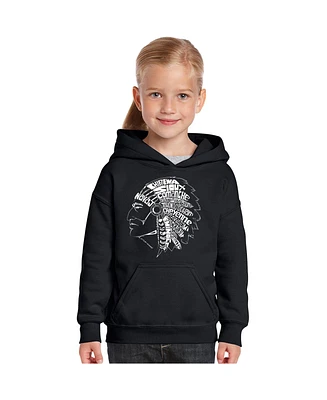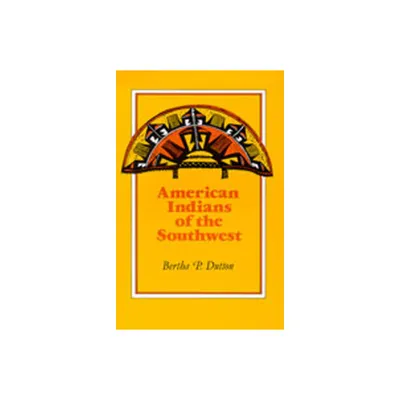Home
American Indian Tribes of the Southwest
Loading Inventory...
Barnes and Noble
American Indian Tribes of the Southwest
Current price: $20.00


Barnes and Noble
American Indian Tribes of the Southwest
Current price: $20.00
Loading Inventory...
Size: Paperback
*Product Information may vary - to confirm product availability, pricing, and additional information please contact Barnes and Noble
This book continues Osprey's series of Men-at-Arms titles on the history, costume, and material culture of the native peoples of North America, which is organized into geographical regions, language groups, and tribes. It was in the Southwest - modern Arizona, New Mexico, and parts of California and other neighboring states - that the first major clashes took place between 16th-century Spanish conquistadors and the indigenous peoples of North America. This uniquely long history of contact, conflict, and coexistence with first the Spanish, then their Mexican settlers, and finally the Americans, gives a special flavor to the region. So too does the wide cultural diversity of the peoples who inhabited the challenging environment of the Southwest - from the quasi-Plains culture of the Kiowa-Apache and Lipan, to the pueblo cave-villages of the agricultural Zuni and Hopi. (Indeed, from c. 1700 to 1848 the Pueblo villagers often allied themselves with Spanish and Mexican settlers against the encroachments of Apache and Navajo hunters and raiders.) Despite nearly 500 years of white settlement and pressure, the traditional cultures of the peoples of the Southwest survive today more strongly than in any other region, and with them a sense of separate identity. The best-known clashes between the whites and the Indians of this region are the series of Apache wars, particularly between the early 1860s and the late 1880s. However, there were other important regional campaigns over the centuries - for example, Coronado's battle against the Zuni at Hawikuh in 1540, during his search for the legendary "Seven Cities of Cibola"; the Pueblo Revolt of 1680; and the Taos Revolt of 1847 - and warriors of all of these are described and illustrated in this book. War was inseparable in the local cultures from religious beliefs, such as the veneration of the mothers of war gods - White Painted Woman among the Apache, and Changing Woman among the Navajo; the plates in this book illustrate the rites associated with such figures, and several other important ritual observances. The variety of costumes illustrated, from the earliest times up to today, make these plates especially rich.


















